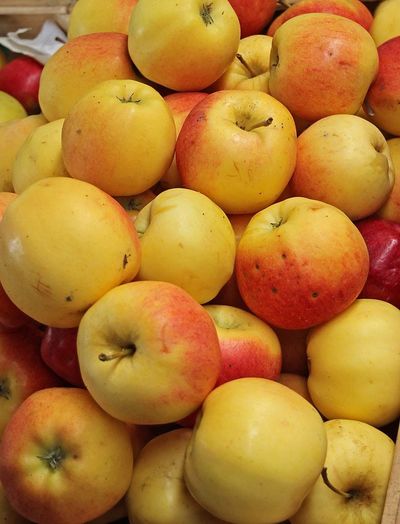What is a Sansa Apple?
Not everyone is familiar with the delicious Sansa apple. Sansa apple trees produce a delicious, juicy, apple hybrid, resulting from a cross between Galas and a Japanese apple called Akane. Akane itself is a cross between Jonathan and Worcester Permain. If you start Sansa apple tree growing, your orchard will produce some of the first truly sweet apples of the season. They ripen late summer through fall and are ideal for eating right off the tree.
How to Grow Sansa Apples
If you are thinking of Sansa apple tree growing, you’ll want to know all about Sansa apple tree care. Fortunately, Sansa apple trees are easy to grow and maintain. You’ll do best if you live in U.S. Department of Agriculture plant hardiness zones 4 through 9 but, fortunately, that includes a large chunk of the nation. Sansa apple tree care in appropriate zones is quite easy. The variety is resistant to both apple scab and fire blight. Plant the Sansa apple tree is a spot that gets sunshine at least half a day. The tree, like most apple trees, requires well-draining, loamy soil and adequate water. Consider the mature height of the tree when you are selecting a site. These trees can grow to 16 feet (3.5 m.) tall. One issue of Sansa apple tree care is that these trees require another apple tree variety planted fairly close by in order for optimal pollination. If your neighbor has a tree, that might do just fine to get good fruit set. You won’t be able to count on eating crunchy apples the year you plant. You will probably have to wait two to three years after transplant to see fruit, but it is well worth the wait.
